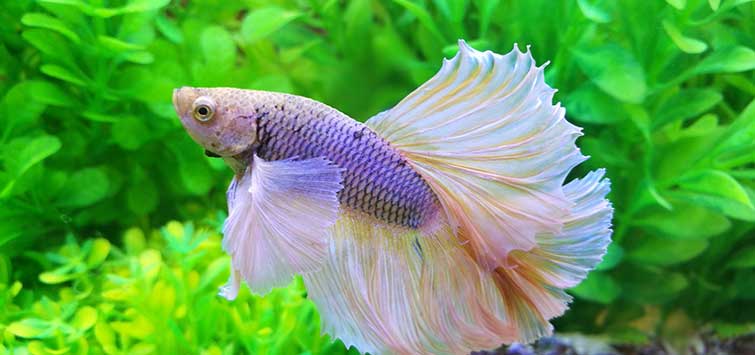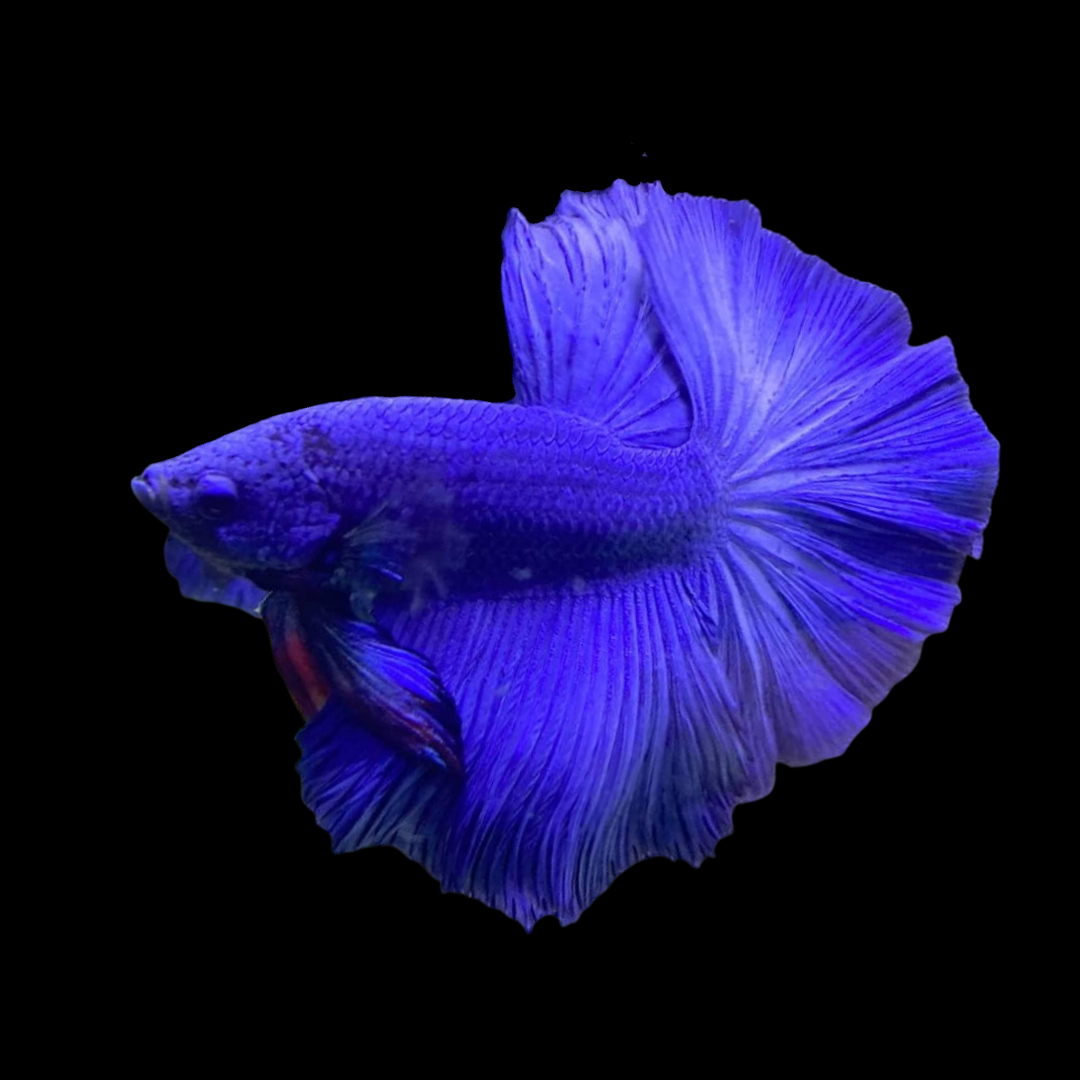Betta Fish Diet Plan: What to Feed Your Betta for Optimal Health And Wellness
Betta Fish Diet Plan: What to Feed Your Betta for Optimal Health And Wellness
Blog Article
Breeding Betta Fish: a Comprehensive Step-By-Step Overview to Successfully Raising Child Bettas From Eggs to Their Adult Years
Breeding Betta fish is a thorough venture that requires cautious planning and execution to make sure the successful development of fry from eggs to develop fish. Selecting genetically diverse breeding couple with desirable qualities is only the start; producing an optimal setting and comprehending the intricacies of the breeding procedure are just as essential. As the male Betta carefully constructs a bubble nest and guards the valuable eggs, the succeeding stages of care and shift need interest to information and expertise of best practices. Exactly how does one browse the tough yet satisfying course of supporting these dynamic animals to the adult years?

Choosing Breeding Pairs
When starting the trip of breeding Betta fish, selecting the best breeding pairs is critical to accomplishing desirable qualities and a healthy family tree - betta fish. The initial step in this process is to determine the specific characteristics you want to improve or preserve, such as shade, fin kind, and physique. It is necessary to select genetically diverse sets to avoid inbreeding, which can bring about wellness problems and unfavorable characteristics
Examine possible breeding prospects very carefully. A healthy and balanced male Betta should show vivid shades, an active demeanor, and well-formed fins, while the woman ought to additionally display lively pigmentation and a rounded tummy, indicating readiness for spawning. Observing the character of both fish is vital, as hostile or excessively shy individuals may not reproduce effectively.
Paperwork of lineage is just as crucial. Maintaining records of the moms and dad fish's origins can help you track hereditary attributes and prospective issues. In addition, consult reputable dog breeders or on the internet resources for guidance on choosing suitable sets. Inevitably, spending time in the selection procedure will significantly enhance the probability of generating solid, vivid spawn that satisfy your breeding goals (betta fish).

Preparing the Reproduction Container
Developing an ideal reproduction setting is an essential action after picking suitable sets for Betta fish. The reproduction tank ought to be particularly created to supply convenience and promote the all-natural reproduction behaviors of the fish. Start with a storage tank size of at the very least 10 gallons to guarantee appropriate room for both the man and women Bettas.
Keep a mild purification system to keep the water clean while avoiding solid currents that can emphasize the fish. Additionally, an air rock can be included to offer oxygenation without disrupting the water surface area excessive.
Temperature level regulation is crucial; goal for a secure series of 78-82 ° F(25-28 ° C) using a reliable heating unit. The pH level should be kept in between 6.5 and 7.5, and routine water modifications are necessary to ensure high water high quality.
Integrate drifting plants or spawning mops to produce hiding areas for the lady, while also motivating bubble nest structure by the male - betta fish. Finally, ensure the container is without sharp decorations and any potential threats, as the well-being of the fish must always click be prioritized during this essential phase of breeding.
The Reproduction Refine
Typically, the breeding process for Betta fish entails a series of unique and observable actions that click site suggest preparedness for reproduction. The male Betta begins by building a bubble nest at the water's surface, which functions as a website for the fed eggs. This nest is crucial, as it gives a secure atmosphere for the eggs until they hatch.
Once the nest is developed, the male will present courtship behaviors, such as flaring his fins and displaying lively colors to attract the female. The woman, upon picking up the male's readiness, will certainly respond by showing vertical stripes along her body, signaling her receptiveness.
When the female methods, the male takes part in a mating dance, typically causing an embrace called the "spawning." Throughout this accept, the female launches her eggs, which the male fertilizes instantly. The fertilized eggs after that drop to the bubble nest, where the male thoroughly gathers and returns them to the nest. Following this, the male assumes responsibility for securing the nest and making certain the security of the eggs up until they hatch out, commonly within 24-36 hours. This stage is crucial in the breeding procedure, laying the foundation for effective fry advancement.
Caring for Betta Fry
Caring for Betta fry calls for cautious interest to their environment and nutrition to make sure healthy development and advancement. After hatching, Betta fry are exceptionally tiny and susceptible, requiring a secure and tidy habitat. Maintaining a water temperature level in between 78 ° F and 80 ° F is essential, as Betta fry thrive in cozy problems. Furthermore, guarantee that the water is totally free of dangerous contaminants; routine water changes of 10-20% are recommended to keep ideal water quality.
Feeding Betta fry is just as essential. Feed them tiny quantities numerous times a day, being cautious not to overfeed, which can lead to water quality concerns.
Transitioning to Grownup Bettas
As Betta fry fully grown, transitioning them to adult Bettas is an essential stage that calls for mindful monitoring of their atmosphere and social interactions. This process commonly begins when the fry reach around 6 weeks of age, at which point they can be progressively presented to an extra organized living atmosphere.
To facilitate this shift, it is important to ensure that the water parameters-- such as temperature level, pH, and ammonia degrees-- are optimal and secure. Grown-up Betta fish flourish in cozy water (around 78-80 ° F) with a pH of 6.5 to Learn More 7.5. Gradually adapt the fry to these problems to reduce anxiety.
Social communications are one more crucial factor; man Bettas are infamously territorial and hostile. Consequently, it is a good idea to different males right into specific containers as they mature. Women Bettas can be housed together, yet care ought to be taken to monitor for indicators of aggressiveness.
In addition, dietary changes must be made as the fry expand. Integrate high-quality pellets and live foods to sustain their development and health. By handling these aspects efficiently, you can promote an effective transition to their adult years for your Betta fish.

Verdict
Effective breeding of Betta fish calls for careful focus to information throughout the entire procedure, from selecting genetically varied sets to offering optimal care for fry. By ensuring suitable reproduction conditions and maintaining water quality, the likelihood of healthy and balanced spawn increases considerably. Additionally, a balanced diet and steady adjustment to adult atmospheres are vital for the growth and development of Betta fish. Complying with these actions carefully cultivates a flourishing populace of Betta fish, boosting both their health and vitality.
Report this page